Although many forward-thinking and innovative marketers are already reaping the benefits of the more efficient, agile way of working, with 71% of our survey respondents adopting agile techniques to help them get to market faster – this is a common first reaction when discussing agile marketing transformation. You might understand the concept in the general sense, but few can identify what agile marketing actually is, and perhaps even more importantly, what it isn’t.
Incorporating agility is not about making quick, unfounded decisions as fast as possible to meet a deadline, but about strong, data-driven decision making at pace— reacting to market change and continuously learning for optimised results that provide key takeaways for the next sprint of the project.
There are three core aspects of the agile approach, all of which work together in a successful agile marketing delivery. Check out each component in terms of why it’s important to marketing as a wider function as well as why it is a focus of marketing with agility and pace. If you’d like a more in-depth explanation of what agile is, before deep diving into its components, see our introductory guide.
Creating the culture
As the first building block, People is one of the most overlooked and underrated assets of any business. Your team are the driving force that pushes your business forward — an unlimited creative resource and original idea generator that knows no bounds and a big part of the products or services you provide.
When incorporating agility into your marketing strategy, it is people that will deliver to deadlines, meet campaign KPIs and ultimately ensure the success of this project and beyond.
The core principles that drive success in an agile team are ownership and transparency. Individuals take responsibility for what they produce, avoiding siloed work by providing transparency to the rest of the team, or Agile Hub.
Before any project begins, a culture of change and learning with team members is established, creating togetherness, alignment and a positive attitude towards achieving a shared objective. Stakeholder mapping is conducted so as to understand existing processes, dividing roles and responsibilities in a strategic, efficient way. With the internal marketing team’s skills and capabilities reviewed to identify gaps and to help identify how agile marketing experts, such as Bright, can best support throughout the project.
The natural pace of agile marketing makes it an exciting environment for employees who are willing to embrace a move away from a more traditional approach and they are likely to come away with invaluable learnings for future projects. Without realising, you’ve created a more attractive place to work.
Pragmatic process and ways of working
The second element of an agile marketing strategy is process. As we work towards the set KPIs, embedding new ways of working and improving performance is key.
Within the sphere of B2B, marketing professionals can be all-too quick to deny the flaws of current processes, instead looking to blame external factors for underperformance. In fact, it’s often only when a project is exposed to a fresh pair of eyes, exploring the unexplored, that holes, flaws and areas for improvement within existing processes come to light.
When adopting an agile approach, you actively seek and identify issues and risks, as well as the dependencies and barriers that can affect the outcome. By being proactive, you not only minimise the likelihood of risks becoming issues, but you also have a better idea about dependencies and can establish effective workarounds as and when required.
By applying the test, learn, iterate model to developing processes, businesses are able to make tweaks and amendments to optimise activity based on data combined with previous experience to establish a closed feedback loop and cultivate continuous improvement. In addition, workplaces encourage a culture of learning within teams, empowering internal teams and providing the know-how to continually achieve fantastic results.
Optimised technology and data driven decisioning
Technology is seamlessly integrated throughout the marketing function, enabling pace, data visibility and informed decision making. This may sound too ideological; tech is often seen as a barrier and too regularly large investments are made only to be side-lined by excel docs, but it’s the third and final building block.
Technology has revolutionised the marketing function to allow for capabilities marketing managers could only dream of a few years ago. According to a report from 2018, there are 2.5 quintillion bytes of data created each and every day, a number that is likely to have accelerated along with the growth of the Internet of Things. 2018, there are 2.5 quintillion bytes of data created each and every day, a number that is likely to have accelerated along with the growth of the Internet of Things.
In order to inform your strategies and create data-driven decisions, it’s essential to put the right tech in place to gain actionable insight. Avoid vanity stats and focus on what can effect change in your results, having a large number of visits to a landing page has little value if they don’t engage with any content on the page or convert.
Adopting agile ways of working removes the perceived barriers outlined above, recognising the role played by technology, championing the use of automation, CRM and project management software. Map your existing martech, identify the gaps and create an adoption plan to ensure your technology is being used effectively to support the wider marketing team. Learn more about how you can optimise your technology with our recent blog post, Making the most of your martech stack.
Could your team benefit from an agile marketing approach? Contact us today to talk further about your current marketing strategy and how the fantastic team here at Bright will be able to help.






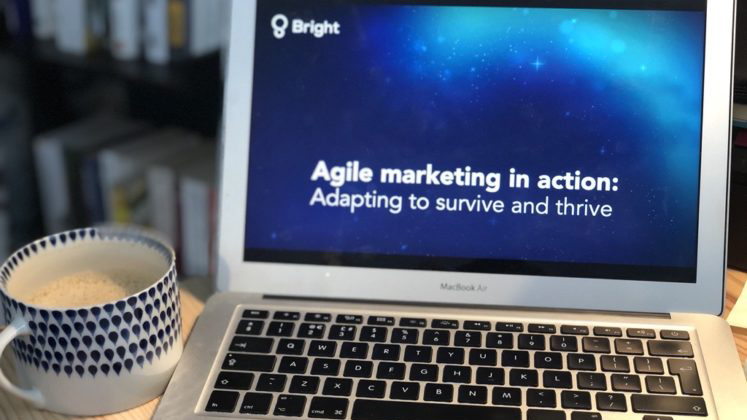
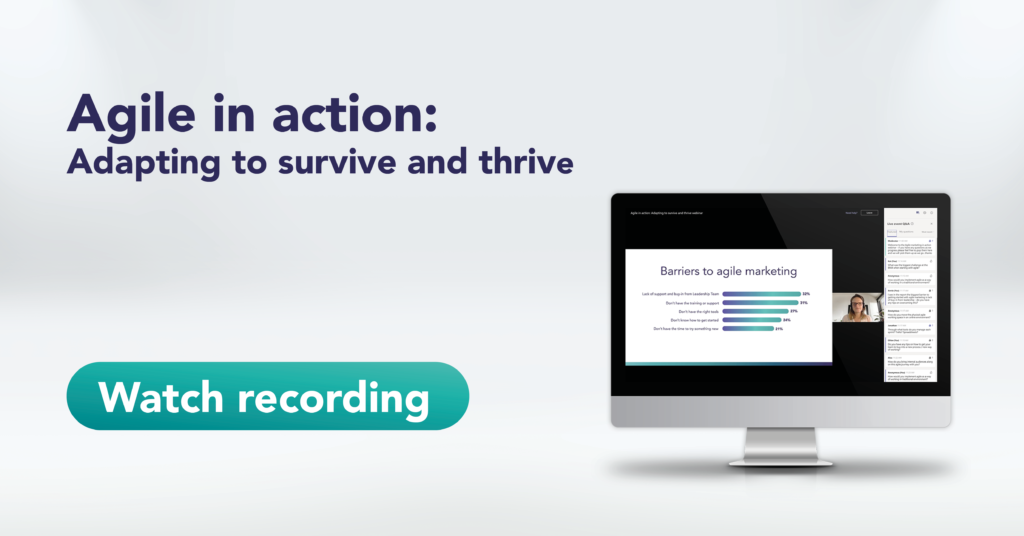



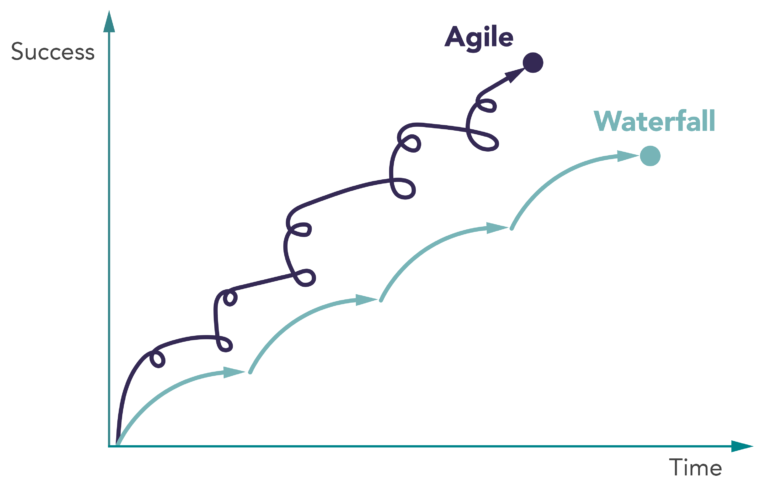
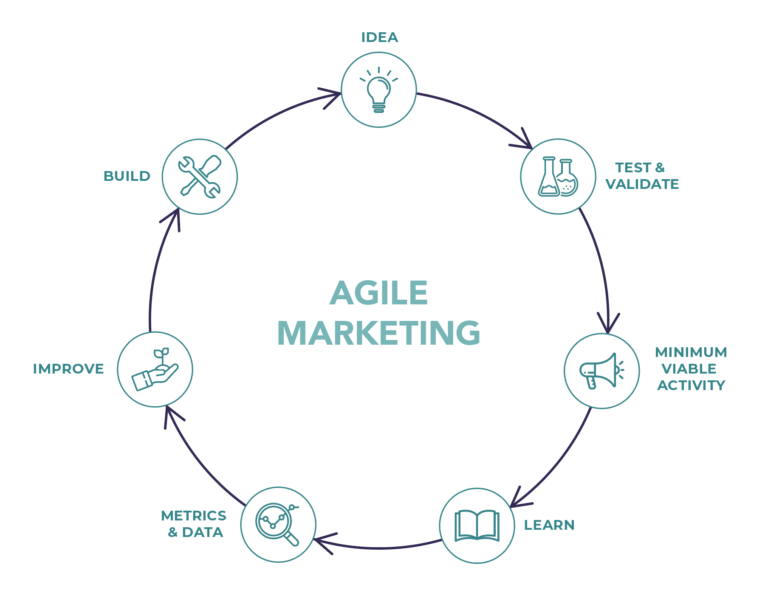
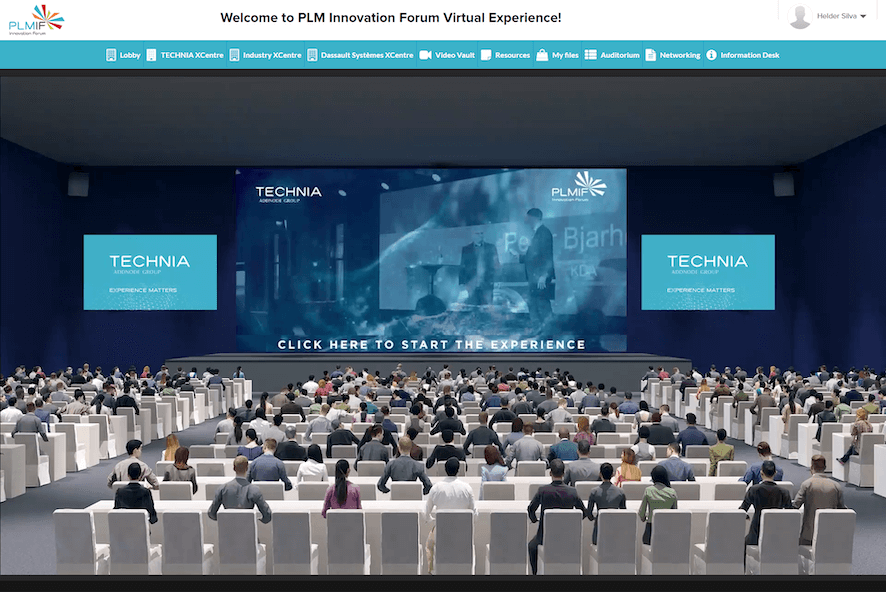




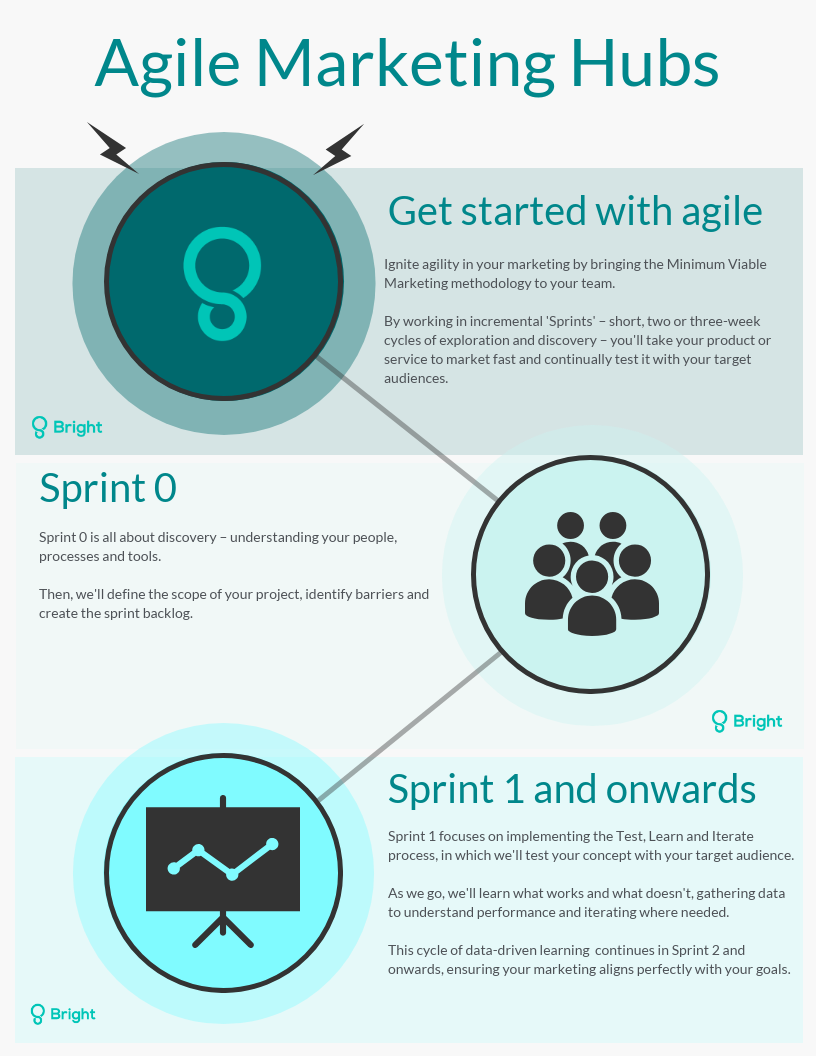
 Faster time to market
Faster time to market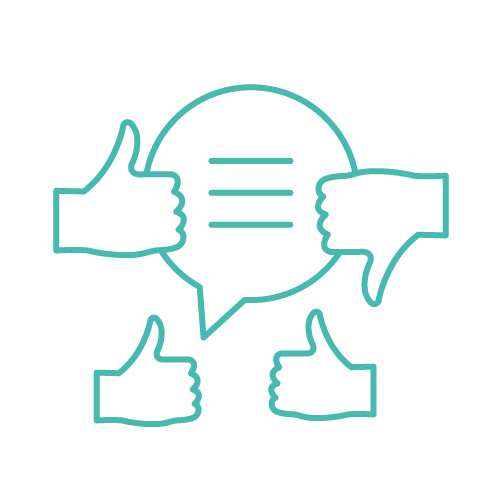 Data-driven decision making
Data-driven decision making Proving marketing ROI at pace
Proving marketing ROI at pace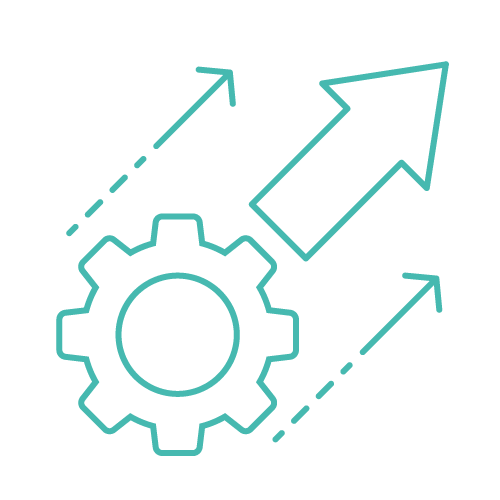 Productivity and up-skilling
Productivity and up-skilling Clear KP and objective setting
Clear KP and objective setting Scalable agility and innovation
Scalable agility and innovation